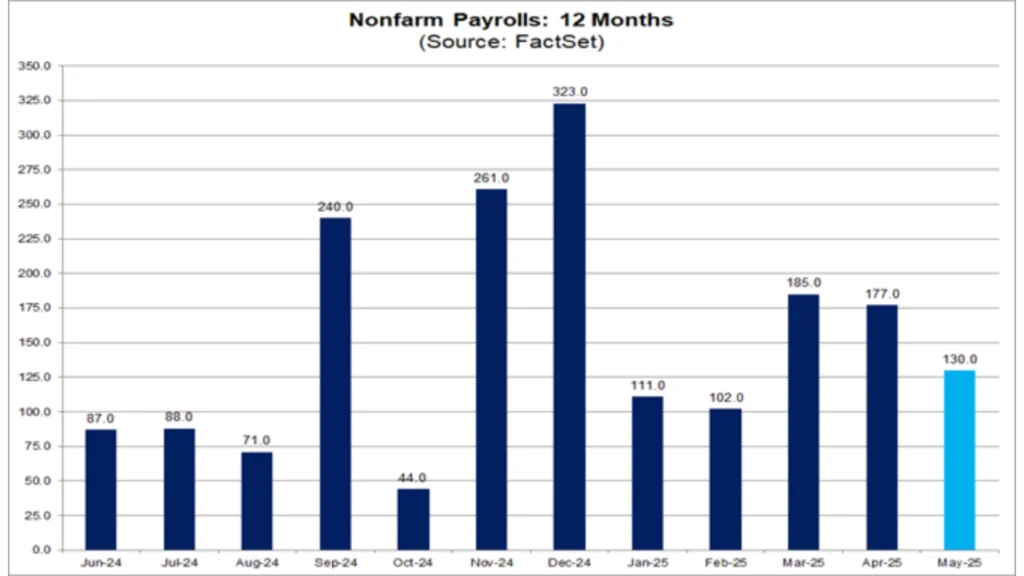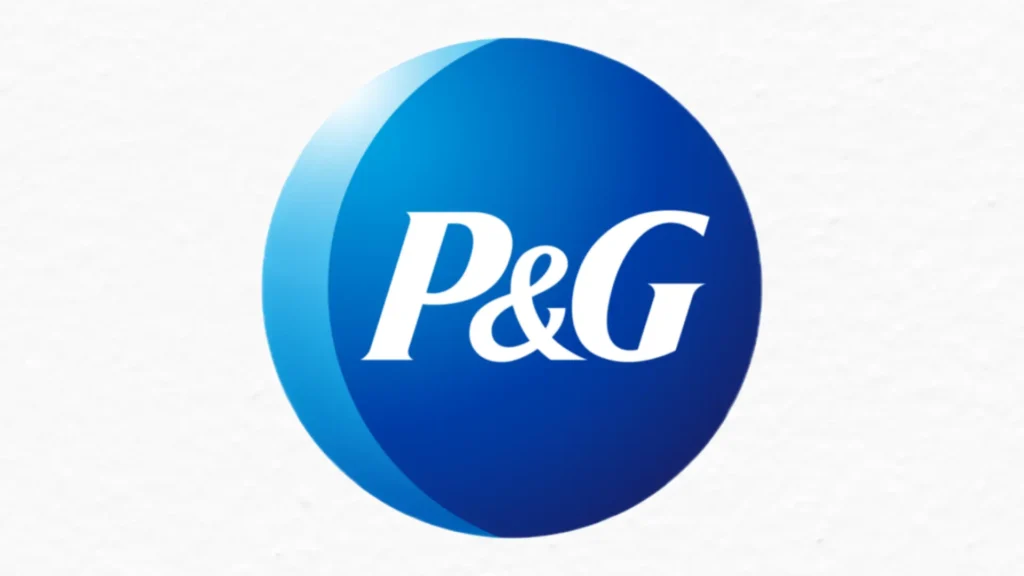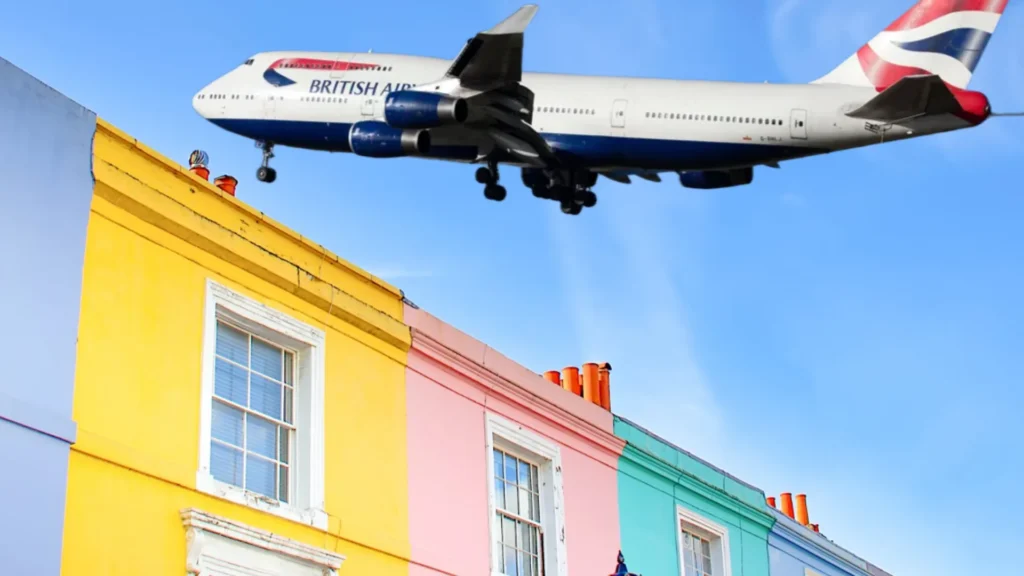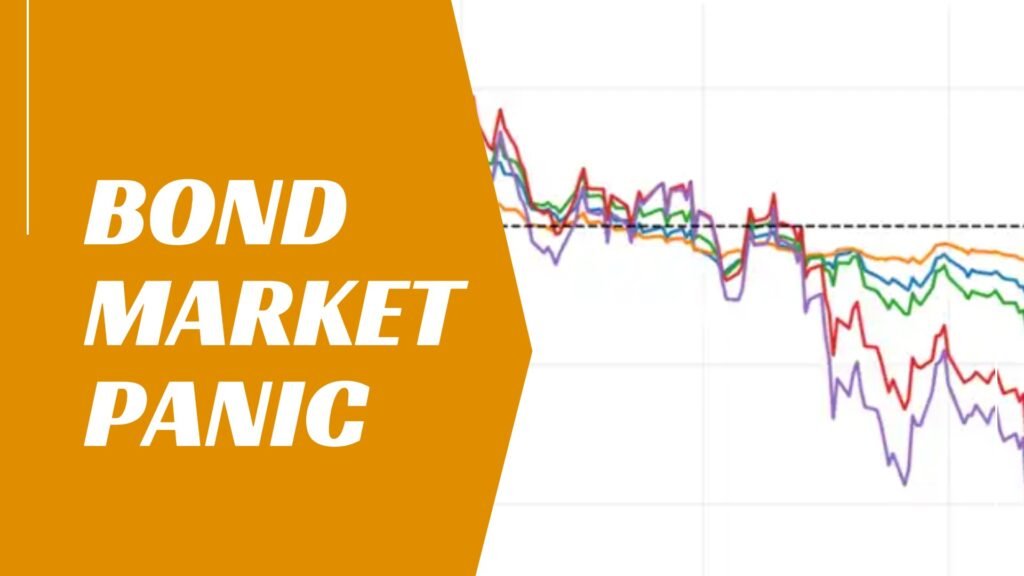Donald Trump has decided to drag some of the most desolate, icy chunks of rock on Earth into his trade war saga. Heard Island and McDonald Islands—two barren volcanic islands near Antarctica where glaciers reign supreme and penguins outnumber humans by an embarrassing margin—are now sporting shiny new 10% tariffs courtesy of Uncle Sam.
Yes, you heard that right. The penguins are being taxed.
These frosty outposts, which belong to Australia but might as well belong to another planet given their remoteness, made it onto the White House’s list of “countries” (yes, countries!) targeted for tariff hikes.
Let’s pause here for a moment. Countries? Really?
These islands haven’t seen human footprints in nearly a decade unless you count scientists who occasionally swing by to say hi to the wildlife—and maybe swipe a few selfies with the seals.
Australian Prime Minister Anthony Albanese summed up the absurdity perfectly when he quipped, “Nowhere on earth is safe.” And honestly, if these frozen wastelands aren’t off-limits, what’s next? Charging clouds for rainwater exports?
It gets better. Heard and McDonald aren’t the only Aussie territories getting this special treatment. Joining them on the tariff hit list are the Cocos (Keeling) Islands, Christmas Island, and Norfolk Island.
Poor Norfolk Island, though—it got slapped with a whopping 29% tariff, making it look like the economic rival of the United States. Spoiler alert: It’s not. With a population smaller than your average high school and lying about 1,600 kilometers northeast of Sydney, Norfolk Island is less of a global powerhouse and more of a tropical postcard come to life.
According to official-sounding data from the Observatory of Economic Complexity, Norfolk exported $655,000 worth of goods to the U.S. last year, mostly leather footwear. But hold your kangaroos, because George Plant, the administrator of Norfolk Island, stepped in to clarify things.
He told: “There are no known exports from Norfolk Island to the United States and no tariffs or known non-tariff trade barriers on goods coming to Norfolk Island.” Translation? Someone either needs to fire their fact-checker or start selling flip-flops stateside.
But wait, there’s more! Heard Island and McDonald Islands take the cake—or should we say the iceberg—for sheer bafflement. Despite having no buildings, no residents, and nothing resembling civilization beyond a fishery, they supposedly shipped $1.4 million worth of “machinery and electrical” products to the U.S. in 2022.
Machinery and electrical products? On islands so remote you’d need a month-long boat ride just to ask directions? What exactly is going on here? Are the penguins moonlighting as engineers?
Albanese couldn’t resist poking fun at the situation, noting, “Norfolk Island has got a 29% tariff. I’m not quite sure that Norfolk Island, with respect to it, is a trade competitor with the giant economy of the United States, but that just shows and exemplifies the fact that nowhere on earth is safe from this.”
And there you have it, folks. In a world where even uninhabited islands and flightless birds get dragged into international trade disputes, one thing is clear: If Donald Trump ever writes a memoir, it’ll probably include a chapter titled How I Once Tried to Tax Antarctica . Until then, let’s all raise a glass—or a flipper—to the penguins of Heard Island. They may not know it yet, but they’re officially part of the global economy.












Leave a Reply